Total Knee Replacement Pain at Night
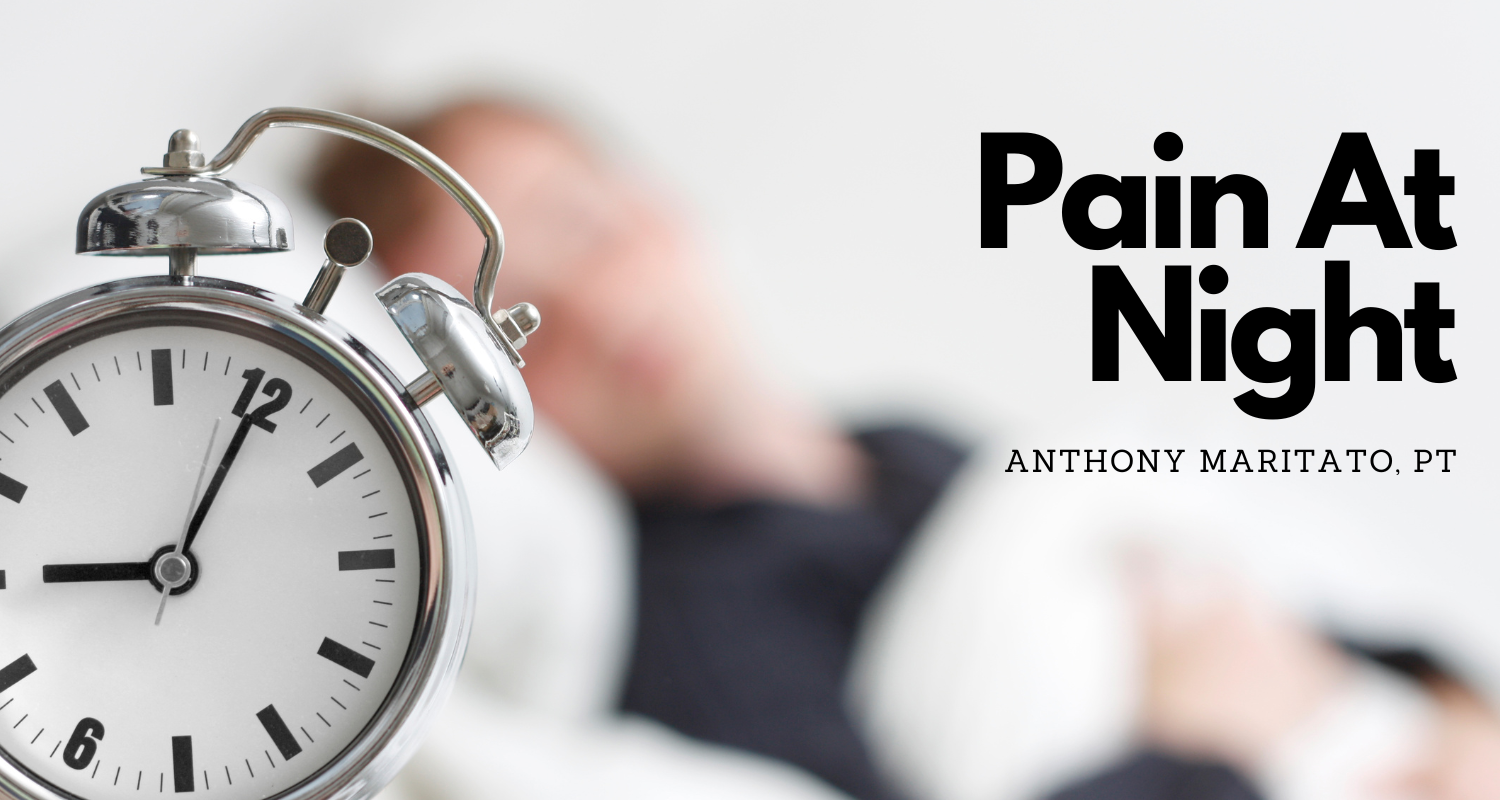
What to Expect
Explore our comprehensive guide on managing ‘Total Knee Replacement Pain at Night.’ Learn about the causes of night pain, effective pain management strategies, best sleeping positions, and more. This article provides practical advice to help individuals navigate the challenges of sleep and pain after knee replacement surgery, promoting a smoother recovery process.
Table of Contents
- Introduction
- Causes of Pain at Night After Total Knee Replacement
- Managing Pain After Knee Replacement Surgery
- Best Sleeping Positions After Knee Replacement
- Positions to Avoid After Knee Replacement Surgery
- Night Pain and Other Symptoms
- Improvement of Sleep Quality After Surgery
- Common Misconceptions and FAQs
- The Importance of Sleep for Healing
- Contacting a Doctor for Sleep Difficulties
- Expectations for Sleep and Pain Over Time
- Conclusion
1. Introduction
Total knee replacement surgery is a common procedure that can greatly improve the quality of life for individuals with severe knee pain. However, managing pain, particularly at night, and ensuring quality sleep after the surgery can be challenging. This article aims to provide practical advice and information to help individuals navigate these challenges.
Understanding the causes of increased pain at night, effective pain management strategies, and the best sleeping positions can make a significant difference in the recovery process. Let’s delve into these topics.
2. Causes of Pain at Night After Total Knee Replacement
After undergoing a total knee replacement, it’s common for patients to experience increased pain during the night. One of the primary reasons for this is the body’s decreased production of endorphins and enkephalins, natural painkillers, during the night. This can result in heightened sensitivity to pain.
Additionally, the lack of distractions that are usually present during the day can make individuals more aware of their pain. Understanding these factors can help patients better manage their pain and set realistic expectations for their recovery process.
3. Managing Pain After Knee Replacement Surgery
There are several strategies that can help manage pain after knee replacement surgery. Applying ice to the knee before bed can help numb the joint and relieve pain. It’s also advisable to limit liquid intake before bed to reduce the need for bathroom trips during the night, which can disrupt sleep and cause discomfort.
If pain medication has been prescribed, taking it an hour before sleeping can help manage pain throughout the night. However, it’s important to follow the prescribing doctor’s instructions regarding the use of pain medication.
4. Best Sleeping Positions After Knee Replacement
One of the best ways to sleep after knee replacement surgery is on your back. This position makes it easy to keep the leg straight, which promotes proper blood flow and supports the healing process. To ensure the knee is getting the proper support, it’s beneficial to prop up the leg with pillows, ensuring the pillow is underneath the length of the knee and calf to avoid bending it.
Another position you can sleep in is on your side, but in a specific way. It’s recommended to sleep so that your operating side faces the ceiling, keeping the pressure off the knee you had surgery on. Placing a pillow or a few between your knees can provide greater support and comfort.
5. Positions to Avoid After Knee Replacement Surgery
While finding a comfortable sleeping position after knee replacement surgery is important, it’s equally crucial to know which positions to avoid. Sleeping on the stomach, for instance, should be avoided as it puts excessive pressure on the knee, potentially irritating the surgical site and hindering the healing process.
Additionally, it’s important to avoid placing pillows behind the knee that was operated on. While it might seem comfortable, having a pillow under the knee can cause it to bend, making healing more difficult and potentially upsetting the surgical site.
6. Night Pain and Other Symptoms
Experiencing pain at night after a total knee replacement surgery can sometimes be associated with other symptoms or conditions. For instance, some patients may also experience neuropathic pain or depressive disorders. These conditions can affect the patient’s overall recovery and quality of life after surgery.
Understanding the correlation between night pain and these other symptoms can help patients and their healthcare providers develop a more comprehensive and effective pain management and recovery plan.
7. Improvement of Sleep Quality After Surgery
While the initial post-surgery period can be challenging, it’s important to note that sleep quality typically improves over time after a total knee replacement. The body gradually adjusts to the changes, and as the healing process progresses, the pain levels usually decrease, leading to better sleep.
Various studies and data show a typical timeline for sleep improvement after surgery. However, it’s important to remember that each individual’s recovery process is unique, and some may experience improvements sooner or later than others.
8. Common Misconceptions and FAQs
There are several misconceptions about pain and sleep after knee replacement surgery. For instance, some people might believe that severe pain will persist indefinitely or that sleep disturbances are a permanent problem. Addressing these misconceptions can help set realistic expectations and reduce anxiety related to the recovery process.
Additionally, providing answers to frequently asked questions about the topic can be a valuable resource for patients. This could include questions about the typical duration of pain, effective pain management strategies, and the expected timeline for returning to normal sleep patterns.
9. The Importance of Sleep for Healing
Sleep plays a crucial role in the healing process after a total knee replacement surgery. During sleep, the body focuses on growing new tissue and restoring health, which is essential for recovery. Lack of quality sleep can hinder this process and prolong the recovery period.
Understanding the importance of sleep for healing can help patients prioritize good sleep hygiene and take steps to improve their sleep quality. This could include following the recommended sleeping positions, managing pain effectively, and maintaining a regular sleep schedule.
10. Contacting a Doctor for Sleep Difficulties
If a patient finds it extremely difficult to sleep after surgery, it’s important to contact a doctor or pain management specialist. Poor sleep can slow the recovery process, increase the risk of accidents, and potentially affect the final outcome of the surgery. Therefore, any significant sleep disturbances should be discussed with a healthcare professional.
Doctors can provide personalized advice and may adjust the pain management plan or suggest other strategies to improve sleep. Remember, each patient’s situation is unique, and what works for one person may not work for another.
11. Expectations for Sleep and Pain Over Time
After a total knee replacement surgery, it’s normal for patients to experience changes in their sleep patterns and pain levels. However, it’s important to note that these changes are typically temporary. As the body heals, pain levels generally decrease, and sleep quality improves.
Setting realistic expectations for sleep and pain over time can help patients cope better with the recovery process. It’s also important to remember that recovery takes time, and patience is key. With proper care and management, most patients can look forward to significant improvements in their quality of life.
12. Conclusion
Managing pain at night and ensuring quality sleep after a total knee replacement surgery can be challenging, but with the right information and strategies, it’s entirely possible. From understanding the causes of night pain to learning effective pain management techniques and the best sleeping positions, patients can take active steps towards a smoother recovery.
Remember, every patient’s recovery journey is unique. It’s important to stay patient, follow the advice of healthcare professionals, and take care of one’s overall health. With time, the pain will lessen, sleep will improve, and the benefits of the surgery will become increasingly apparent.

Anthony Maritato, PT
Physical Therapist
Anthony Maritato, PT has been a licensed physical therapist and private practice owner since 2006. Ohio license #PT011602.
Anthony has been passionate about helping patients recover from total knee replacement surgery as well as rotator cuff repair surgery.
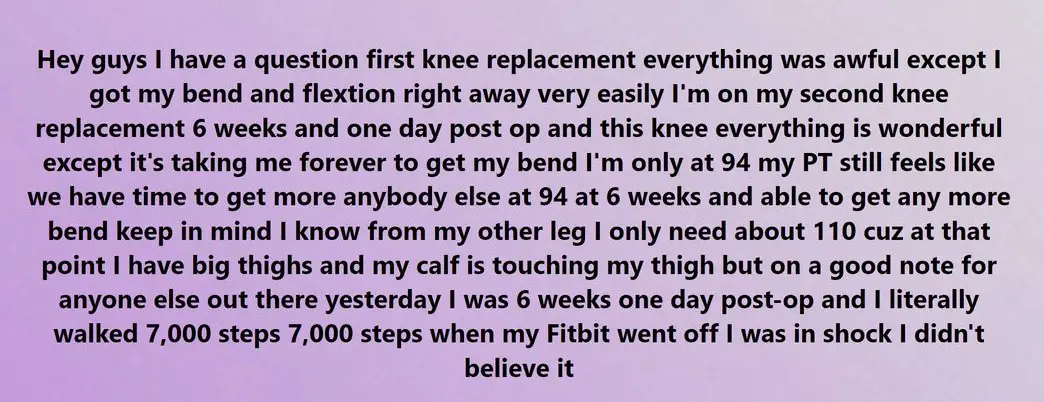
Second Knee Replacement 5 Quick FAQs
Is a second knee replacement worse than the first? There is a huge difference between the second knee replacement on the same knee, also known as a total knee revision surgery, and the second knee replacement on the other knee. As a physical therapist, I am fortunate...
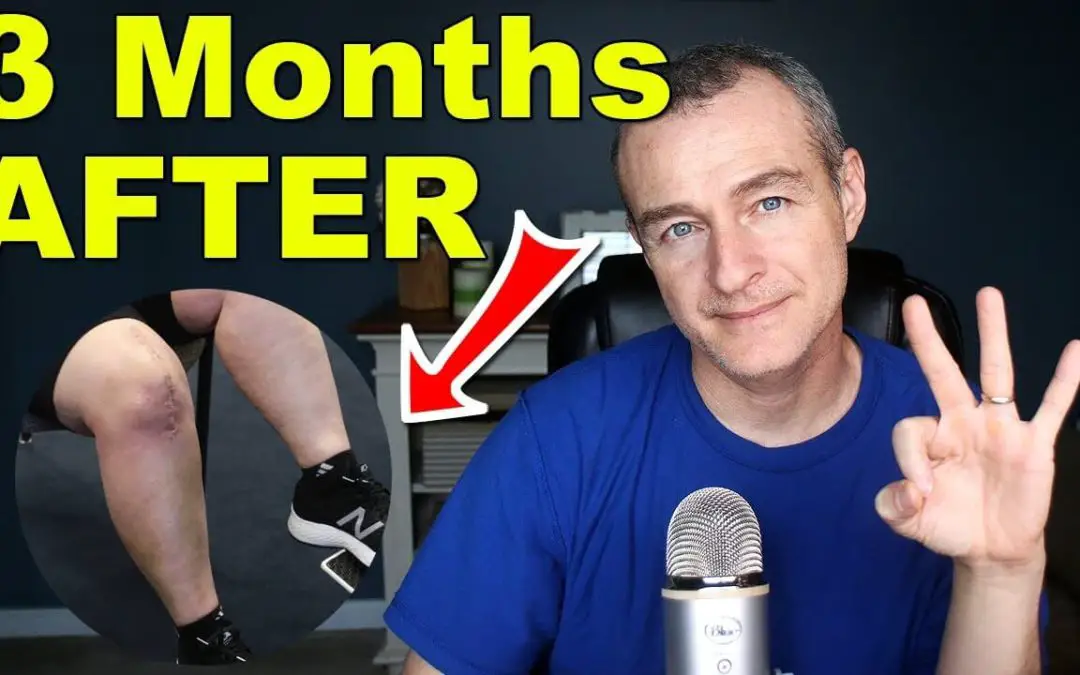
3 Months After Total Knee Replacement
What to expect 3 months after total knee replacement During the first 3 months after total knee replacement, you may experience lots of changes and rapid improvement. Range of motion will go from practically nothing to 120 degrees of flexion and 0 degrees of...
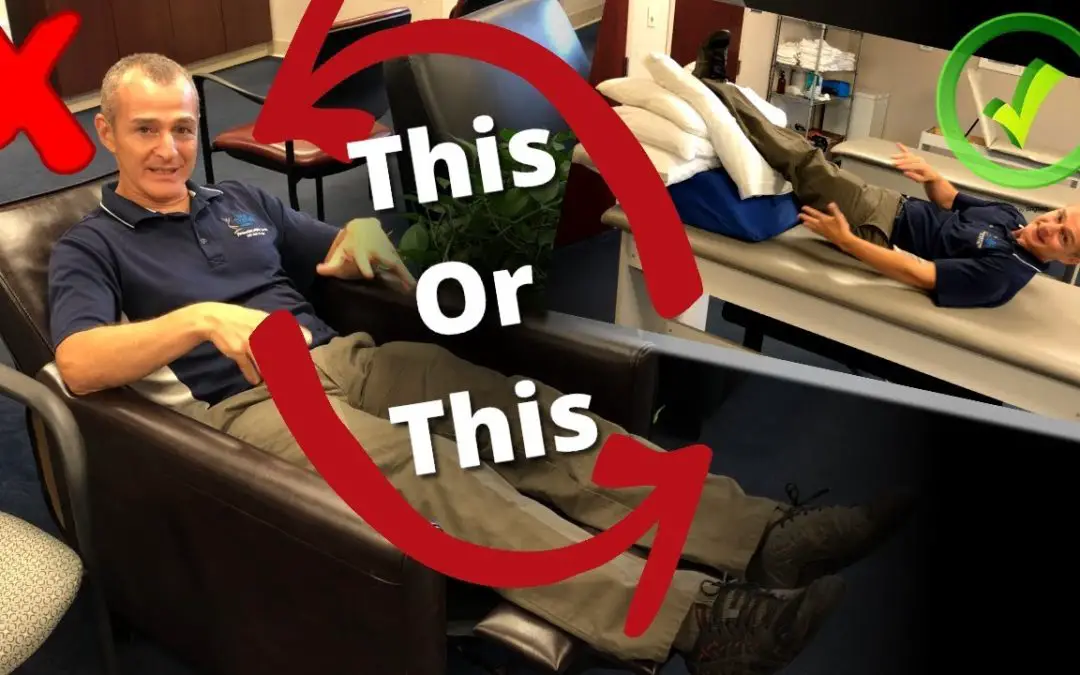
How to Choose the Best Recliner for Knee Replacement
Is a recliner required after total knee replacement surgery? Absolutely not! A recliner might be a convenient luxury, but if you don't already own one I would not tell you to rush out and buy one. In this article, I will discuss how to achieve the same positions on a...
![Best Ankle Pumps Exercise [Video] 3 Tips After Total Knee Replacement Surgery](https://totaltherapysolutions.com/wp-content/uploads/2022/08/ankle-pumps-after-total-knee-replacement-surgery-2.jpg)
Best Ankle Pumps Exercise [Video] 3 Tips After Total Knee Replacement Surgery
What are ankle pumps? Ankle pumps are a simple and effective exercise for post-surgery recovery and sedentary lifestyles after knee replacement surgery. Ankle pumps, as the name suggests, are simple exercises involving the rhythmic flexing and extending of the ankle,...
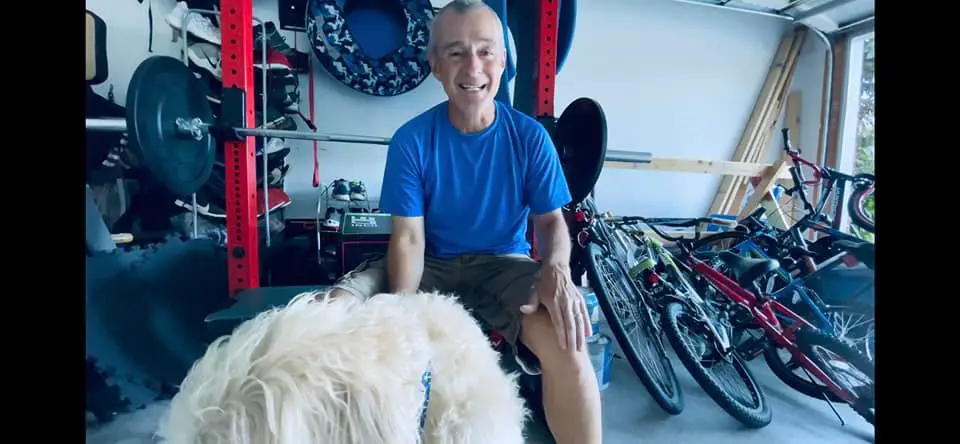
Why Does A Knee Pop When Standing From A Chair: Total Knee Replacement Questions
Facebook Question About A Knee Pop Sensation "I am 2 yrs post op on my right knee and when I get up from a sitting position it makes a pop sound almost all of the time. Is that normal." My response: Watch the video below to localize where the knee popping is coming...
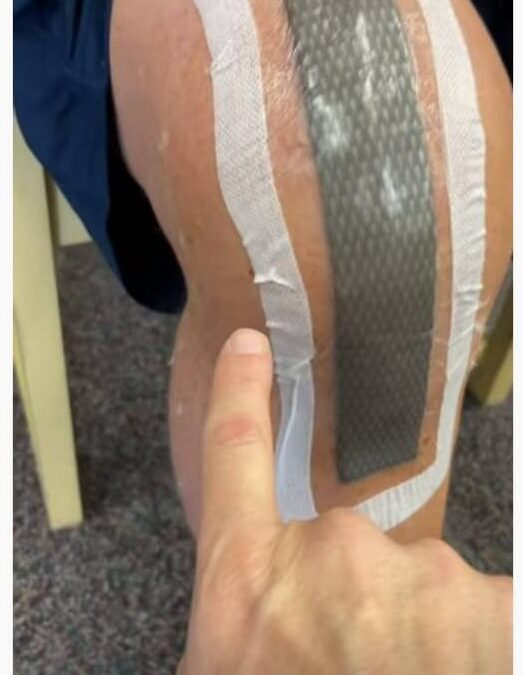
How to Shower After Knee Surgery 2022
When and How to Shower After Knee Surgery: Post Surgical Instructions Timeline Consult your surgeon or surgical team before showering. They will provide recommendations specifically for your post-surgical situation. Dr. Paul G. Kiritsis, M.D. suggests his patients are...
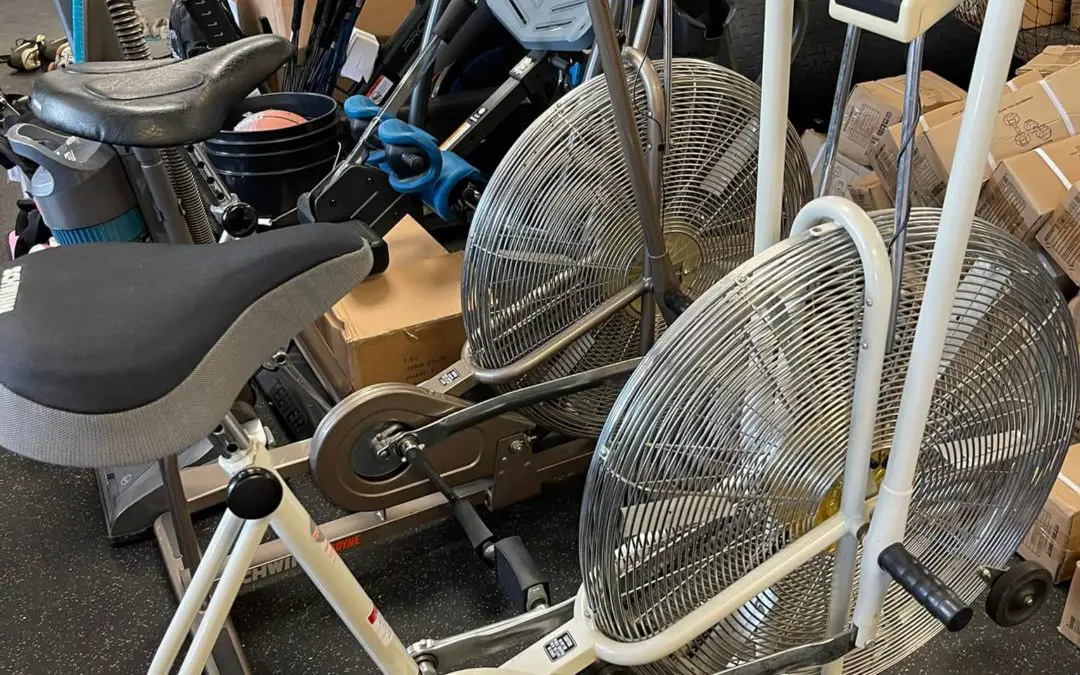
Best Used Exercise Equipment After Total Knee Replacement Surgery
Buying used exercise equipment after a total knee replacement can be a great way to save money while rehabilitating your new knee. In this article, I will share my 5 favorite places to find used exercise equipment. Facebook Marketplace eBay Craigslist Play It Again...

Tips For Traveling By Car After Knee Replacement Surgery
When is it safe to traveling by car after knee replacement surgery as a passenger? Most patients return to driving after total knee replacement surgery in 6 weeks. Here in the United States some patients will return to driving sooner if the replacement was on the left...

Pickleball Weight Loss Strategies
How Many Calories Are Burned Playing Pickleball for 60-minutes? Pickleball is a great cardiovascular workout if the intensity is kept high. A play may burn 8-11 calories per minute on the low end going up as high as 15-calories per minute on the higher end. Pickleball...

8 Pickleball Mistakes to Avoid for Beginners
Updated June 03, 2022 One of the main factors that cause beginners to experience setbacks when learning pickleball is doing too much too fast. Throught his article I will discuss the most common 8 pickleball mistakes along with some exercises you can try to prevent...